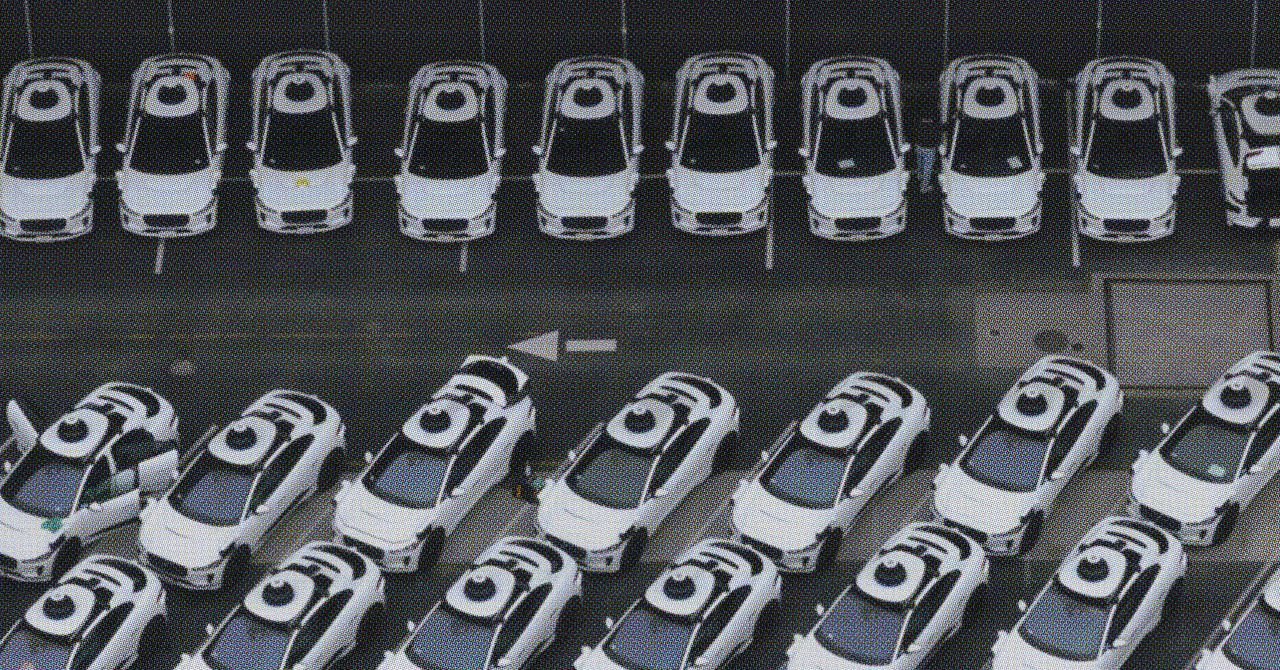When Google’s Self-Driving The car project began testing in the Bay Area in 2009, with its engineers focusing on highways by sending their sensor-laden vehicles on Interstate 280, which runs the length of Silicon Valley’s peninsula.
After more than 15 years, cars are back on the freeways – this time without drivers. On Tuesday, the project, now the Alphabet subsidiary we know as Waymo, announced that its robotaxi service will now run on freeways in the San Francisco Bay Area, Los Angeles and Phoenix.
The new service marks another technological leap for Waymo, whose robotaxis currently serve five US metros: Atlanta, Austin, Los Angeles, Phoenix and the San Francisco Bay Area. The company says it will be launched in several other US and international cities next year, including Dallas, Miami, Nashville, Las Vegas, Detroit, and London.
Waymo also announced Wednesday that it will launch curbside pickup and drop-off service at San Jose Mineta International Airport, allowing passengers to theoretically travel autonomously from San Francisco to San Jose, a roughly 260-square-mile service area. Waymo has been offering its autonomous taxi service on area service roads since summer 2023, but the new freeway service could halve the time it takes for a robotaxi to travel from San Francisco to Mountain View, says Waymo user experience researcher Naomi Guthrie.
“Freeway driving is one of those things that is very easy to learn, but very hard to master,” Waymo co-CEO Dmitry Dolgov told reporters last week. Highways are predictable, with (mostly) clear signs and lane lines, and a limited set of vehicles and players (trucks, cars, motorcycles, trailers) that a vehicle’s software must learn to recognize and predict. But Waymo officials said that, despite a year of employee- and guest-only highway testing, safety emergencies on highways are relatively rare, so the team was unable to collect as much real-world data as was needed to train its vehicles to operate safely there. Complicating the project was the fact that highway accidents, at higher speeds, are subject to the laws of physics – and therefore more likely to maim or kill.
Waymo officials say that to prepare for highways, engineers supplemented real-world driving data and training with data collected on private, closed courses and created in simulations. The two onboard computer systems help create “redundancy”, meaning the vehicles will have a computer backup if something goes wrong. The vehicles are trained to exit highways in an emergency, but will also be able to exit highways. Waymo officials also say they will work with law enforcement and first responders, including the Highway Patrol, to create procedures for stranded vehicles and riders on the highway, where hundreds of Americans die each year.
